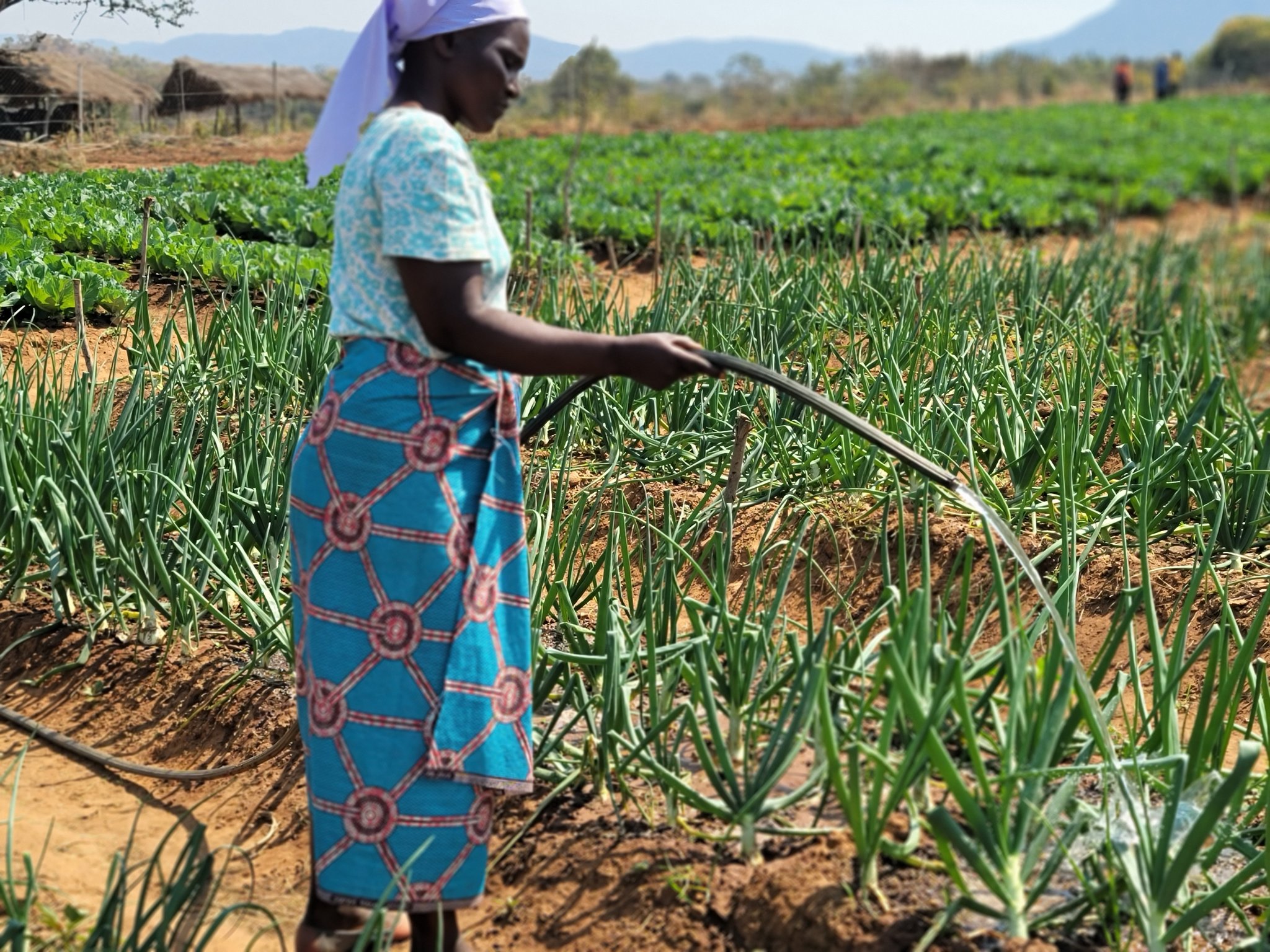|
Getting your Trinity Audio player ready...
|
By Hillary Munedzi
Community nutrition gardens have the potential to transform urban communities and increase local opportunities to eat better and fight poverty caused by soaring food and fuel price inflation imposed by the war in Ukraine.
Community nutrition gardens are mostly found in rural areas as they have ample space. Implementing the concept in urban councils will avert hunger and provide a steady income to households and create employment for youths in urban centers.
The concept of community nutrition gardens is being implemented in the United States of America in New York City and it has improved the livelihoods of its citizens since it is a source of fresh fruits and vegetables and it has brought society together through constructive activity.
Implementing the concept of community nutrition gardens will not only provide households with a nutritious diet, but it will also mobilize residents to beautify neighborhoods and improve the accessibility of fresh produce.
Cities like Mutare have good climatic conditions and generally good soils for fruit and vegetable production and it will also augment the fresh produce that comes from Nyanga and Chimanimani. By so doing, it will promote developmental assets for involved youths, while improving their access to and consumption of healthy foods through contributions to the community.
Opening nutritional or community gardens can be a linchpin to stability as they can have a positive impact in most disadvantaged communities like Sakubva, Dangamura, and newly sprouting high-density suburbs. These gardens will serve as catalysts for economic redevelopment of the community by cementing relationships and interpersonal skill development, exploring cognitive and behavioral competence, and serving as a platform of informal social control.
This is in line with the government devolution agenda and National Development Strategy 1 (NDS1)
With the current economic turmoil that is being experienced, community nutrition gardens can act as a source of income and livelihood. They can serve as an effective tool for community-based practitioners in carrying out their roles within the arenas of organizing, development, and change.
In order to utilize the space that we have in our neighbourhoods, there are fields that have ample space that we can utilize where urban agriculture is being done and we must not only rely on rain since there is climate change. We need to drill boreholes and engage in regenerative agriculture.
Regenerative agriculture is a nature-positive agricultural system that mimics natural processes in the ecosystem in which farmers are working. By fully understanding the local context, farmers can design an agroecosystem that will improve soil health, biodiversity, the carbon sequestration rate, and increase the economic resilience of farmers.
It’s a holistic agricultural system that works in harmony with its local environment. Practices such as using cover crops, crop rotation, no-tillage, diversification (when possible, with trees), and others are applied for that purpose. Selecting native species aligned with the cash crop you are working with – ultimately will improve the climate resilience of the farmers’ operations.
With regenerative farming, you consider species that will benefit a particular ecosystem, relying much less on external inputs. For example, planting grass or trees alongside fruits and vegetables.
Community gardens can play an important role in providing national food security by providing essential nutrients.
These gardens enhance dietary diversity by providing micronutrients through a constant supply of fruits and vegetables sufficient to meet the family requirements. Thus, nutrition gardens can prove to be a sustainable model for providing food security and diversity to combat malnutrition at the household or community level.
Poverty seems to be everywhere within our communities hence children are also affected by this calamity. In most cases, parents are incapable of fully providing for their families which has resulted in children being assigned certain roles within their families. The adult roles experienced by children may lead to their vulnerability to different forms of abuse, poor relationships between adults and the young, as well as missing out on certain provisions entitled to be enjoyed during childhood.
Community gardens can be a remedy that can solve the challenges that are bedeviling our communities as the social organizational underpinnings of gardens give rise to a range of social processes, including social connections, reciprocity, mutual trust, collective decision making, civic engagement, and community building – all important processes associated with improving individual health and strengthening neighborhoods.
Children with parental roles, face disadvantages in education, health, social security, access to information and the media, and their rights to registration and nationality as well as many other entitlements which they are supposed to enjoy. Children living with the blind, child vendors as well as those with ill and disabled parents/guardians. Children facing parentification together with their parents need assistance in order for them to have adequate standards of living which enhance optimal child development.
Due to unfavorable socio-economic conditions, children are forced to contribute to the family income by hawking various commodities on the streets to passersby and to commuters in buses and cars. They are therefore exposed to the elements of physical and sexual abuse, and road traffic accidents. Child vendors need to be protected from all forms of abuse hence it can be suggested that child-headed families must be the core beneficiaries of community gardens since they have great responsibilities.






